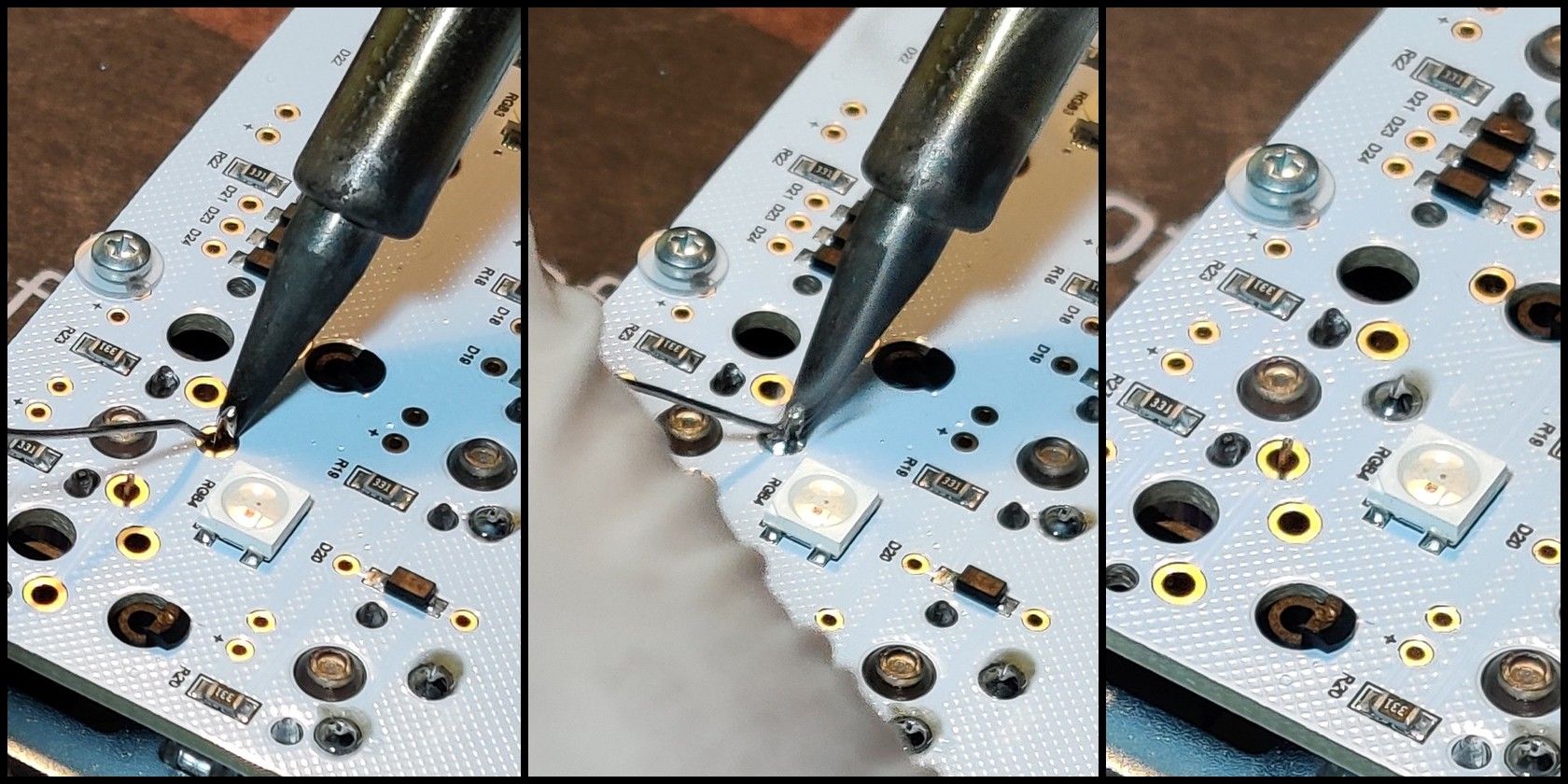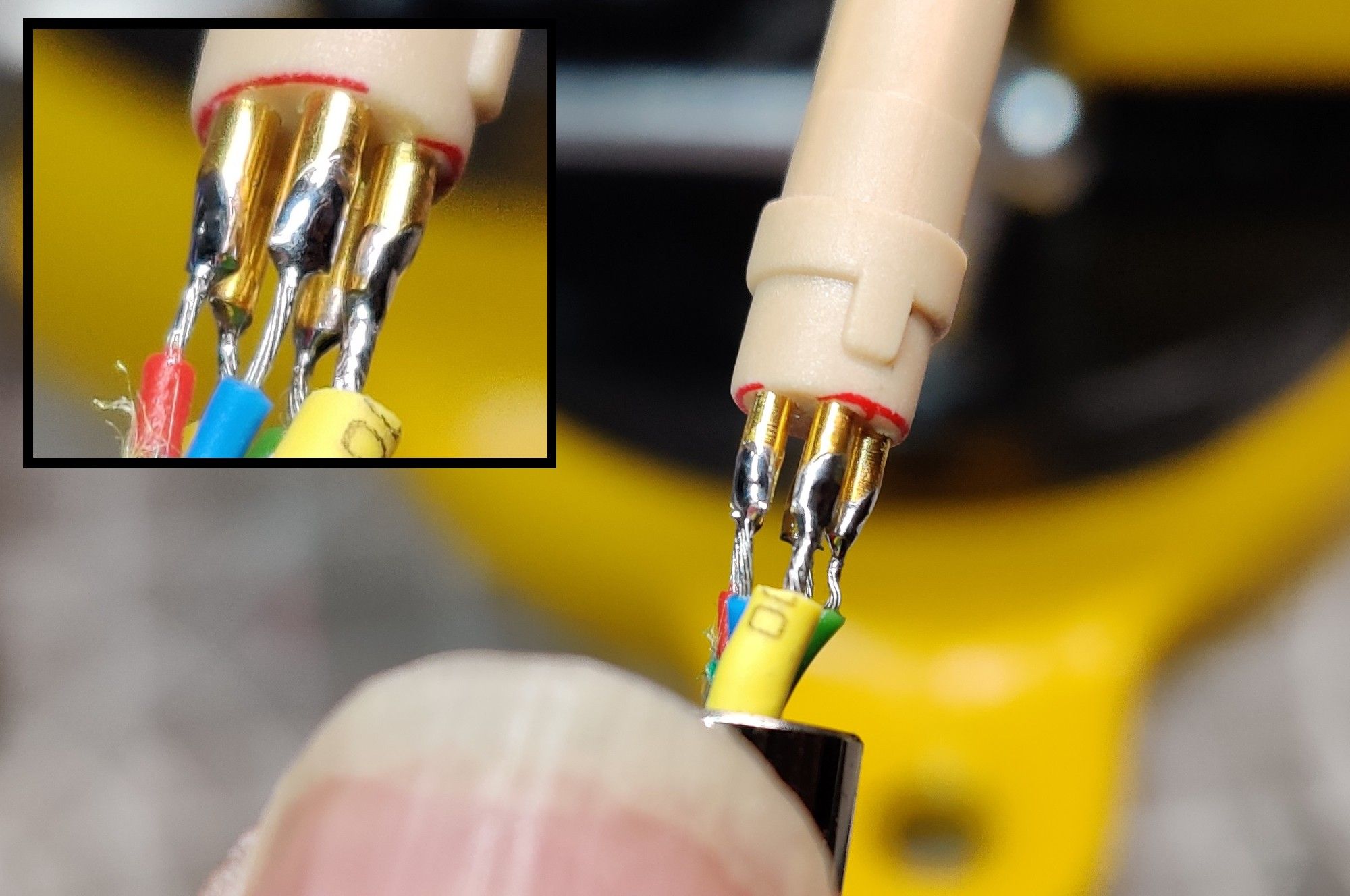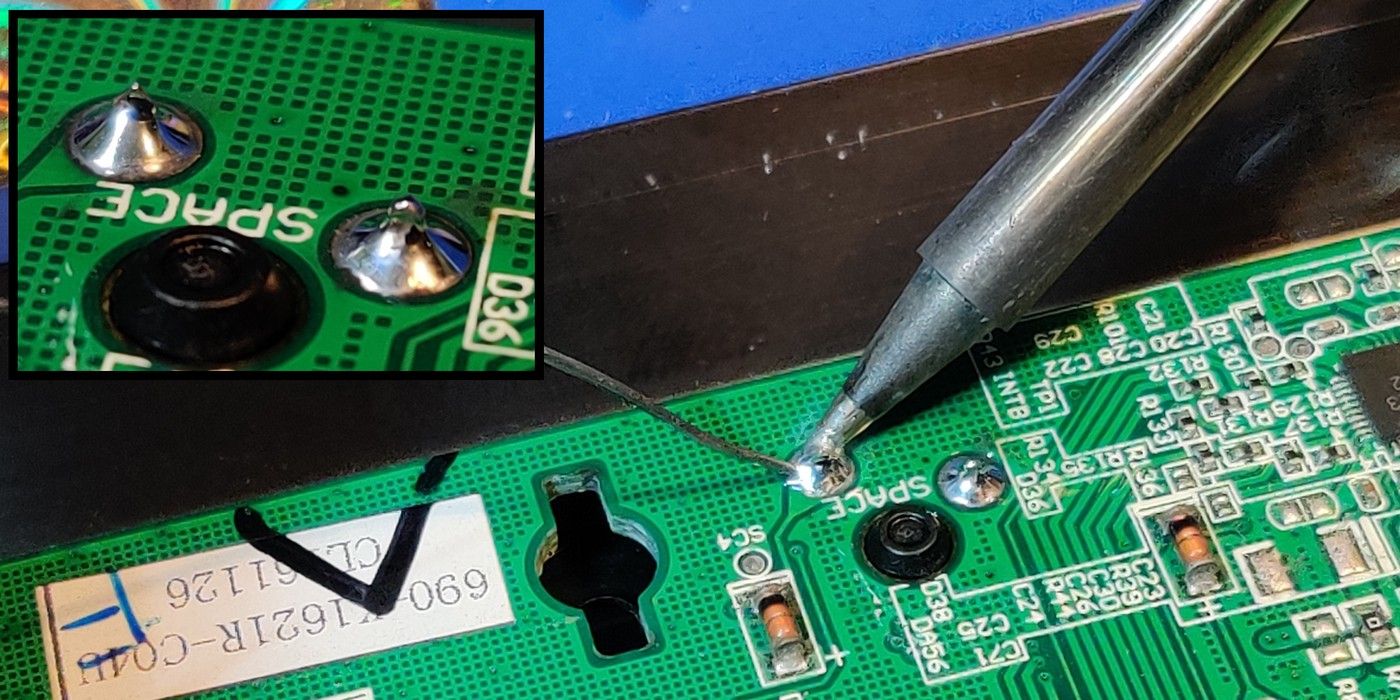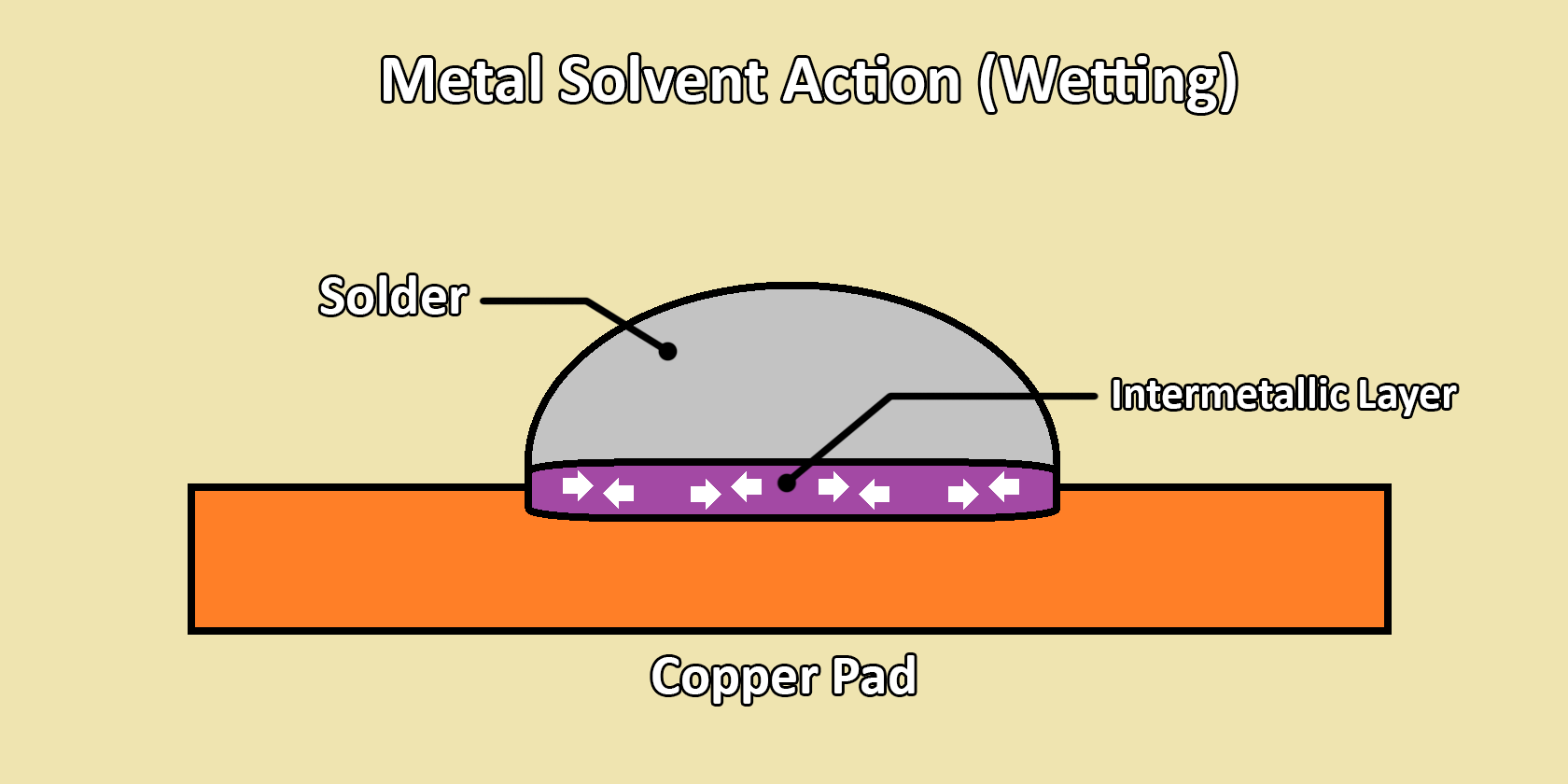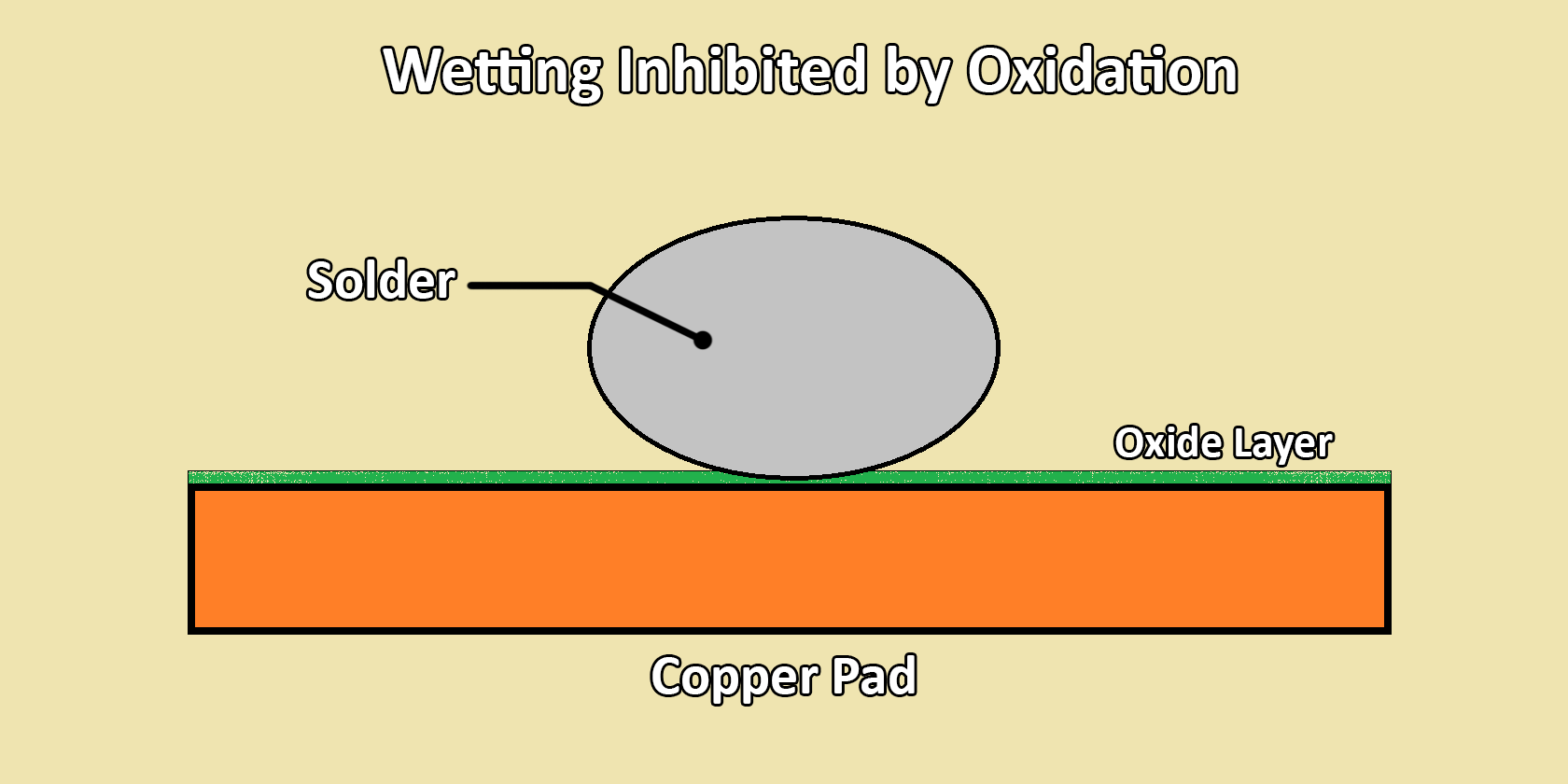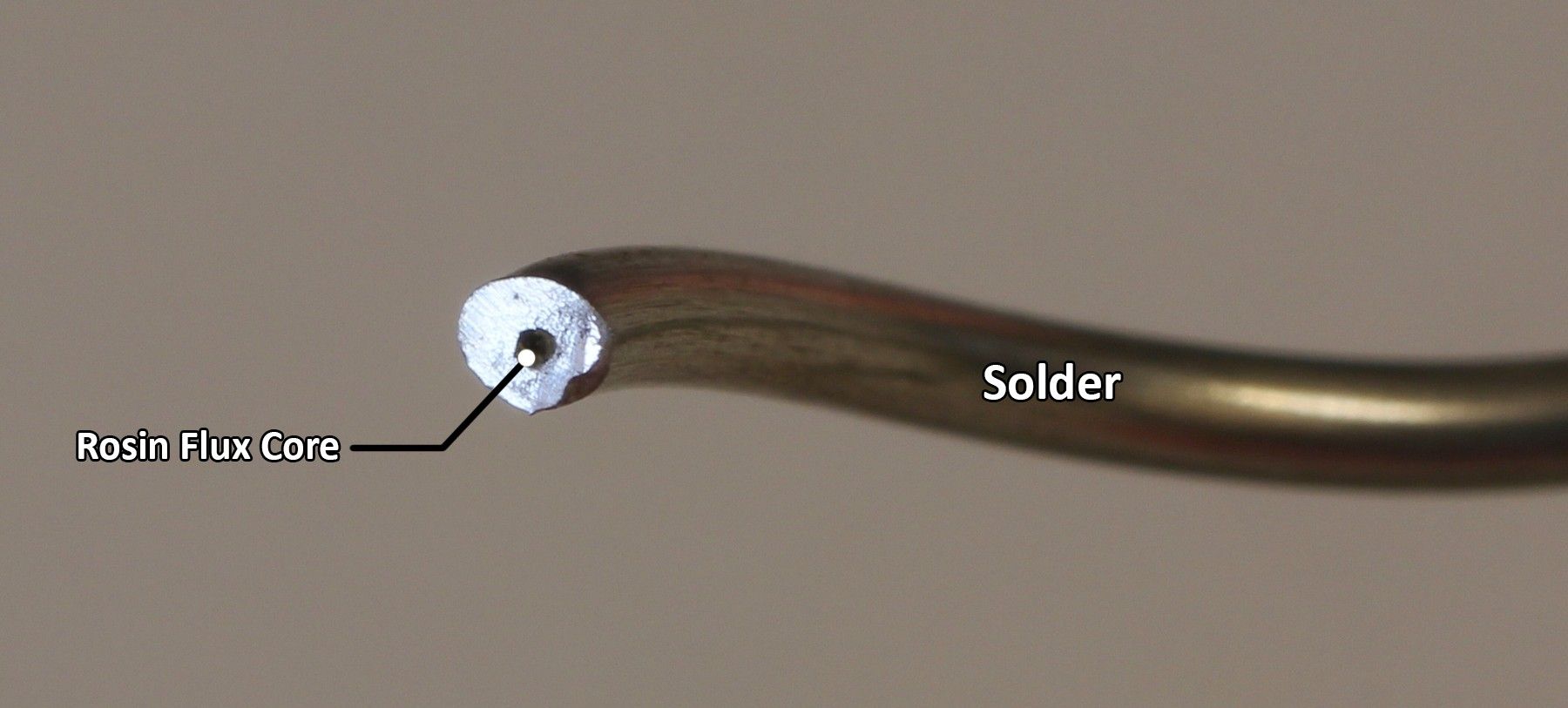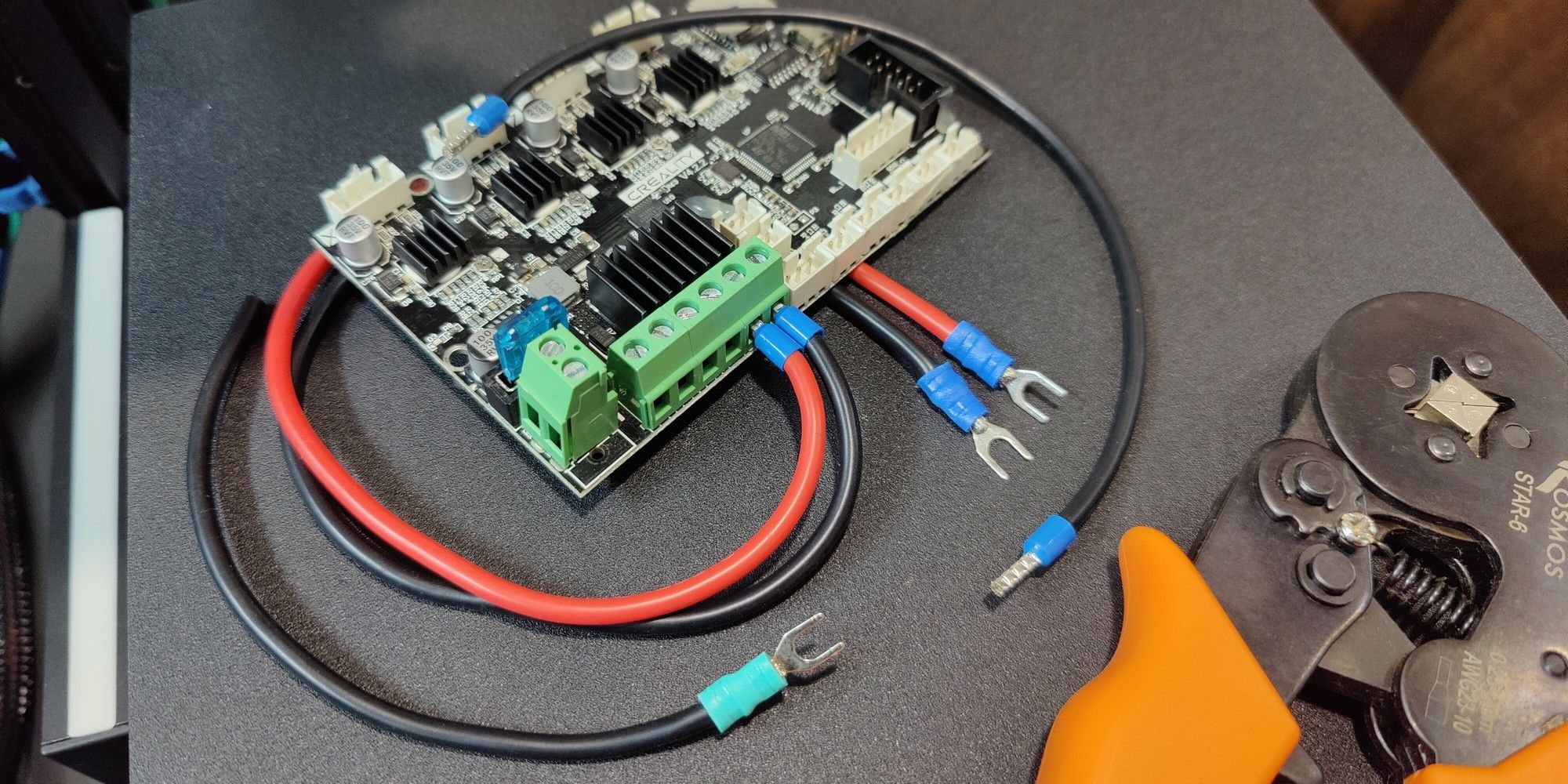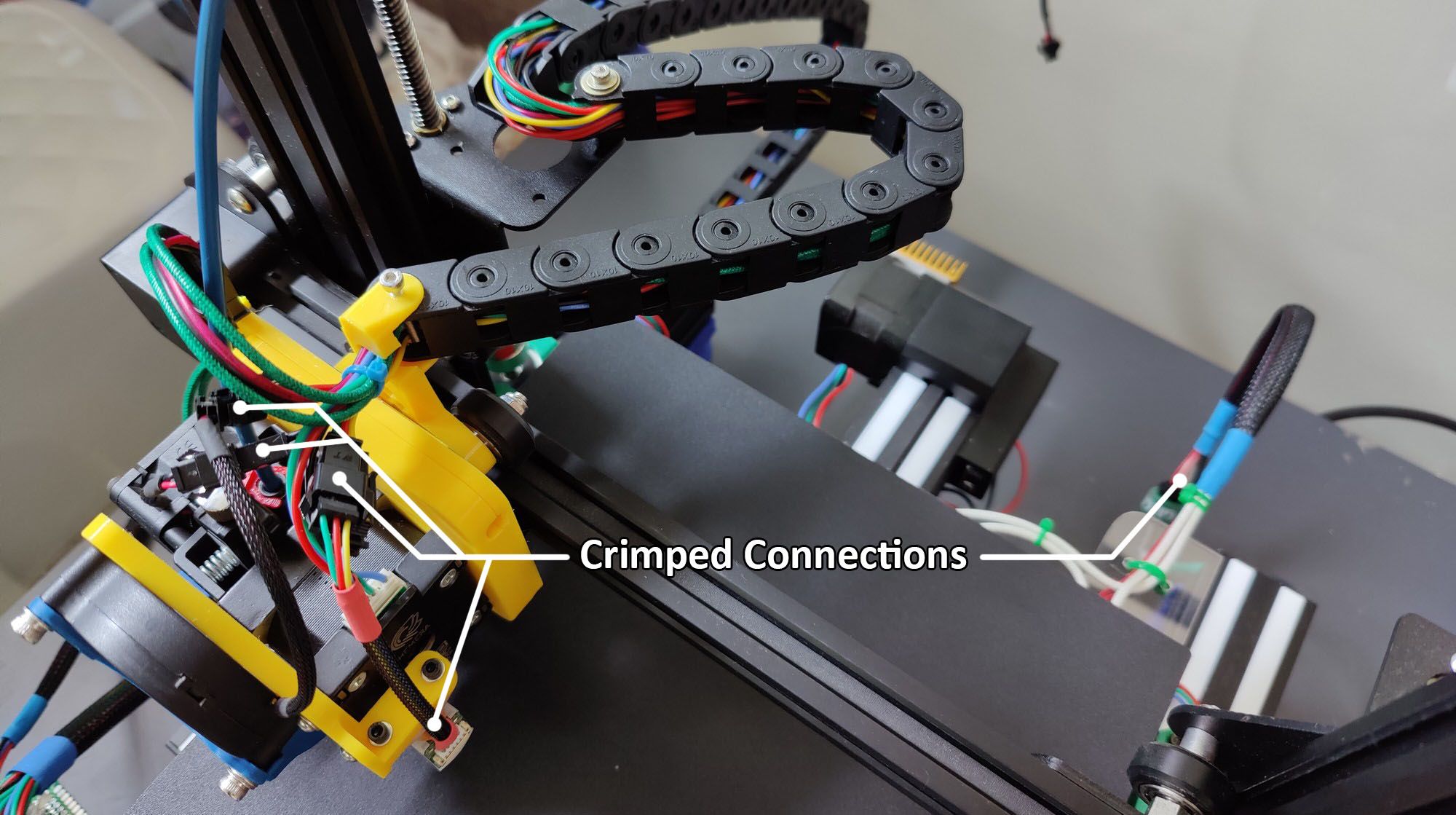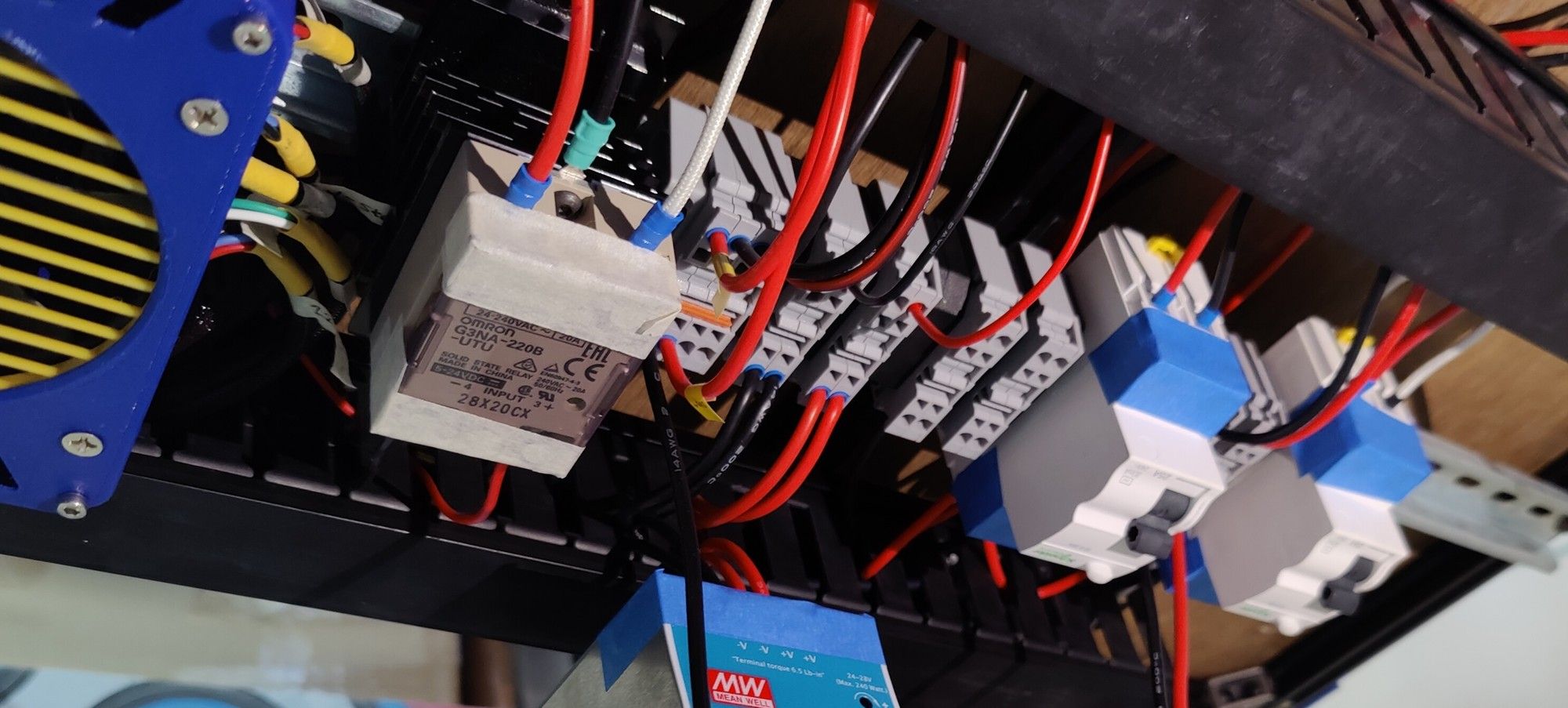Soldering is a surprisingly easy skill to acquire provided you know what you’re doing. The latter is critical because the craft involves manipulating components rated to withstand a maximum of 250°F with a tool that operates at 650°F.
The margin for error here is quite slim and mistakes are often catastrophic and expensive, which discourages most beginners from persisting through initial failures. However, this can be avoided altogether by getting the basics right at the outset.
Read on to learn the fundamentals of soldering and spare yourself the horrors of charred electronics and broken dreams.
Why Should You Bother Soldering?
At the most basic level, soldering creates reliable electrical (and consequently mechanical) connections between conductive metal components. This involves bonding a pair of wires or an electronic component onto a printed circuit board (PCB).
The critical thinkers among you might wonder why not just twist wires together or attach components onto PCBs using nuts and bolts. There are two main problems with this approach. For starters, such connections aren’t mechanically stable under motion or vibration. Secondly, although mechanically sound, fasteners aren’t electrically stable at all.
We sought inputs from Dr. Lakshmi Narayan Ramasubramanian from the Department of Materials Science and Engineering at the Indian Institute of Technology Delhi, for clarity on some of the more technical aspects of soldering.
Sensitive electronics absolutely need low-resistance electrical connections in order to maintain consistent conductivity throughout the product’s lifespan. This is difficult to achieve by simply mating components with fasteners. The unavoidable air gap between the components in such joints leads to oxidation (or rust for ferrous metals), which significantly diminishes electrical conductivity. These hurdles render soldering indispensable for low-voltage precision electronics applications.
When you solder two components, the solder itself combines with the metal (usually copper) to form an entirely new alloy. Soldering essentially bonds the components at the molecular level, leaving no air gap and thereby eliminating the possibility of oxidation. The added mechanical stability is a welcome bonus.
Eutectic Solder Alloy and Metal Solvent Action
Bonding metals by melting them together is a risky proposition considering how most semiconductor components are rated to operate at a maximum temperature of 250°F. Using heat to fuse the leads of an integrated chip with the pads on a PCB isn’t feasible since copper melts at an eye-watering 1984°F. You’re bound to fry the component long before you establish a reliable joint.
This is where the unique composition and thermodynamic properties of solder come into play.
Solder is a eutectic alloy comprised of lead and tin. The eutectic bit is important because it allows the alloy to melt at a significantly lower temperature compared to its constituent metals. While pure lead and tin melt at 620°F and 450°F, respectively, a solder alloy comprised of these two metals mixed in a 63:37 ratio begins to flow at just 361°F.
While soldering might seem like it involves melting copper wires or component leads onto a PCB, in reality, the process works by leveraging the metal solvent action of solder. When hot solder is introduced to the copper component leads, it acts as a solvent penetrating and dissolving the exposed copper surfaces. This solvent action fuses them at a molecular level to form a completely new alloy in the intermetallic layer.
This phenomenon is called the wetting action and it is absolutely critical for the process of soldering—that is, transforming disparate components into a continuous and electrically conductive body of hybrid alloy.
Defeating Oxidation With Flux
The metal solvent action of solder is the very foundation of successful soldered joints. However, in practical terms, solder cannot initiate wetting action on its own. This process is catalyzed by supplying heat to both the solder as well as copper component leads.
That’s a problem because heat also causes exposed copper surfaces to rapidly oxidize in the presence of air. The ensuing oxide boundary layer acts as a barrier that makes wetting impossible. The problem gets worse with dirt, grime, finger oils, grease, and other contaminants present on component surfaces. These further inhibit the metal solvent action required for a successful soldered joint.
You can try scrubbing the surfaces clean, but you’ll encounter a brand-new oxide layer the moment you re-apply heat to the copper leads. If only there were a way to remove the oxide layer while soldering. Well, that’s precisely what flux does.
Flux is composed of rosin, which is a solid form of resin obtained from plants. For the purpose of electronics, rosin is either used on its own or combined with mild activators that allow the resultant flux to remain non-corrosive and non-conductive at room temperature. The same becomes sufficiently active to chemically scrub away oxides and other contaminants when supplied with enough heat.
When you coat surfaces meant to be soldered with flux, the heat applied during the soldering process catalyzes the flux and removes impurities. This exposes pure copper and makes the wetting action possible. Flux can be applied to components prior to soldering, but it is also introduced during the process through the solder wire itself.
Most modern solder wires have an inner core filled with rosin flux that’s automatically dispensed while soldering.
When to Solder and When Not to Solder
Now that we have figured out the science behind soldering, it is equally important to know when to solder and when it is a bad idea to do so. Anything that involves PCBs is almost exclusively soldered. The process offers excellent electrical conductivity and a fair degree of mechanical fastening, while significantly reducing the overall size of your electronics projects.
However, sometimes it pays to know exactly when you shouldn’t resort to soldering.
While wires can either be soldered to one another or onto PCBs, you must reconsider whenever the desired application involves any degree of motion or vibration. Automotive, robotics, and 3D Printing applications are great examples where soldering is usually restricted to PCBs and is categorically avoided for all cable terminations.
That’s because soldered joints are hard, but brittle and therefore vulnerable to bending fatigue. Definitely not a desirable trait for electrical joints subject to constant vibration and movement. Soldered cables in such applications to undergo bending fatigue and consequently fail at the brittle joints.
That’s precisely why cable terminations subject to such forces are crimped instead of soldered in these applications.
While this may sound counterintuitive, soldering isn’t the only way to achieve gas-tight, oxidation-resistant joints. The tremendous pressure generated during crimping fuses copper leads at the molecular level, which renders them perfectly gas tight.
In fact, crimped joints are both mechanically as well as electrically superior to their soldered counterparts, while also being resistant to bending fatigue. Dr. Ramasubramanian cites the absence of intermetallics in crimped connections as the primary reason for the pure copper interface exhibiting improved conductivity vis-à-vis soldered joints.
He also explains that copper-to-copper connection of crimped joints is inherently stronger because similar atoms tend to form strong, stable bonds. On the flip side, the dissimilar copper, lead, and tin atoms found in soldered connections form relatively weaker bonds that are under constant strain, which in turn accelerates fatigue cracking under mechanical stress.
That’s also why you won’t find a single soldered cable termination in your vehicle’s engine compartment. Ditto for 3D printers and any other device subject to constant vibration and movement.
The More You Know
Knowing the underlying mechanics of soldering and when it is appropriate to apply it to your projects will make the difference between success and a hundred-odd dollars in damaged electronics.

